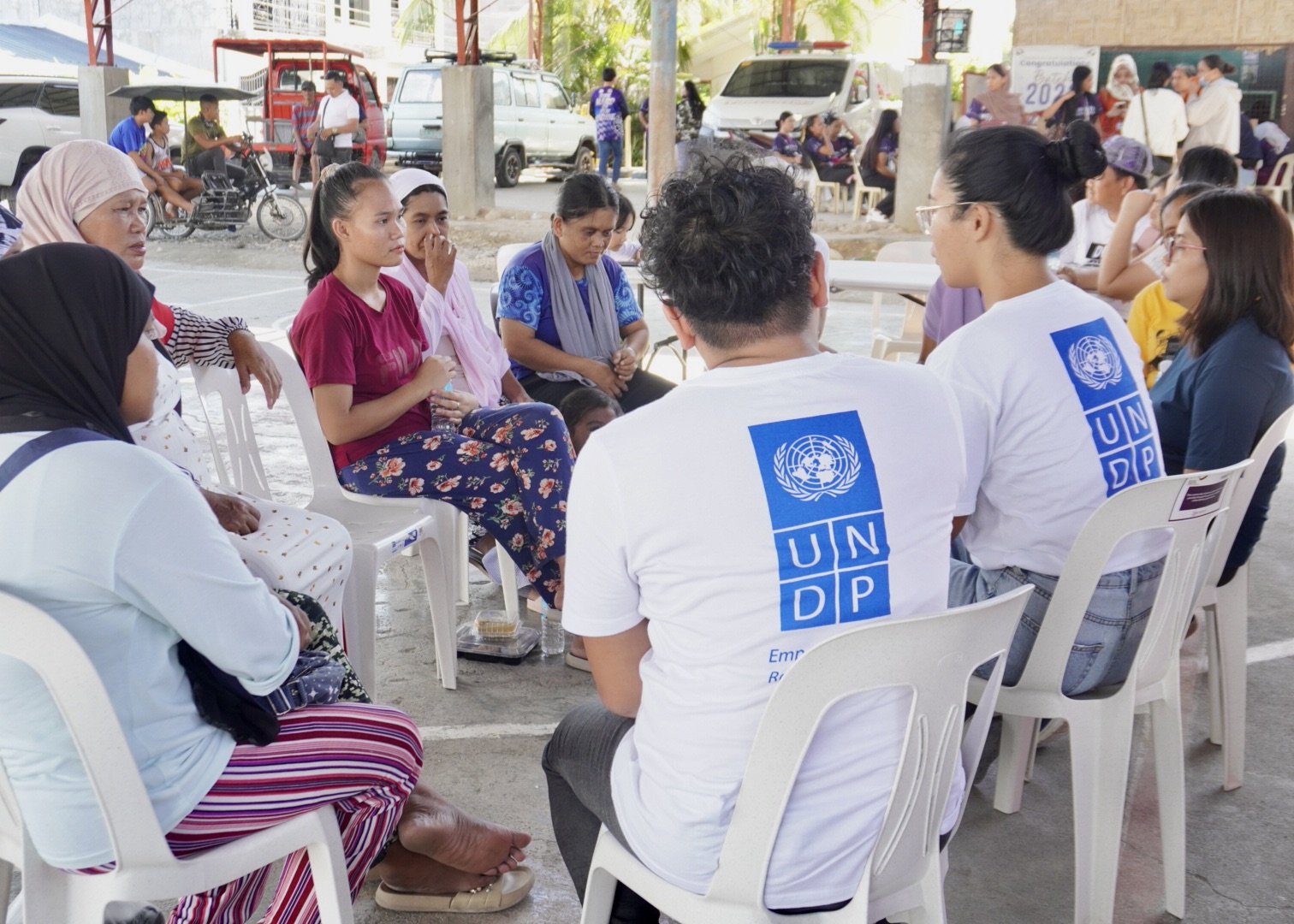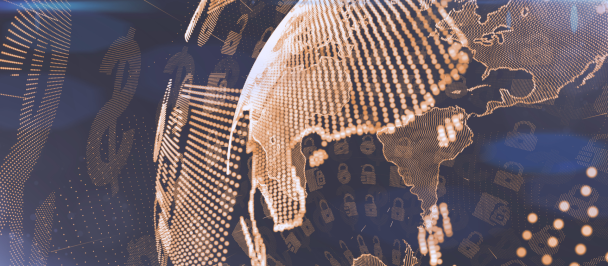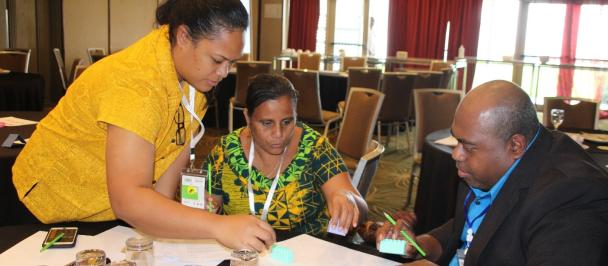by Sharleene Kay Alayan, Ranel Ram Cheng, Elmerei Cuevas, Dee Urtua, Accelerator Lab Philippines Social Innovation Analysts
Filipino Innovators at Work: Get to know the Social Innovators of UNDP Philippines
April 26, 2024

When the United Nations Development Programme (UNDP) Accelerator Labs were first launched in 2019, the vision was to create the largest and fastest learning network across the globe, leveraging UNDP’s reach and systemic approach to address our biggest development challenges. In the 91 countries the Accelerator Labs were initially set up in, a basic structure was created: one Lab with three Heads for Experimentation, Exploration, and Solutions Mapping.
Here in the Philippines, the Accelerator Lab is known by partners and colleagues as “ALab PH”, a play on the Filipino word for flame or blaze. ALab PH began its mandate to ignite work on the three frontier challenges of circular economy, sustainable cities, and local convergences for poverty reduction.
As the frontier challenges evolved into a diverse portfolio of work — including marine litter/circular economy, inclusive value chains, local convergences, and public sector innovation, among others — the ALab PH Heads created the role of “Social Innovation Analyst” or SIA to help carry out the innovation work. The SIAs served as the arms and legs, helping the Heads move the Lab’s work forward to new horizons while deepening existing engagements.
How might we shape a role to fit ALab?
Since its inception, the SIA role has been continually tailored to fit the Lab's needs and mirror the evolution of the portfolios created inside the Lab and for the Country Office. The ever-changing nature of work necessitated agile thinking and innovation. Among the plethora of personas the SIAs must embrace, it includes being a portfolio coordinator for learning and knowledge management. Within each portfolio, the SIAs are expected to work with different stakeholders and unconventional collaborators to oversee its implementation. They are also responsible for sharing insights and findings that contribute to the learning network of both the Accelerator Lab and the Country Office.
To advocate for innovation, the SIAs embrace the role of keepers of tools. They have actively participated in the creation or facilitation of social innovation tools and modified them according to each stakeholders’ needs. Examples of such tools are design thinking, foresight, sensemaking, futures thinking, among others, and the task involves making these tools more accessible (aka less jargon-heavy) to the partners.
Lastly, to promote the cross-pollination of learning and broaden visibility, SIAs also act as a sounding board for strategies. They provide feedback and “intel” on developments to support internal and external stakeholders who would like to innovate on a range of things, from process improvement to co-designing policies.

How do we fit in the promotion of inclusive innovation?
Today, innovation has become a buzzword across different industries and sectors. New roles and positions have also sprung up, reflecting the interest and attempts at emphasizing the importance of innovation.
In ALab, it becomes evident that inclusive innovation is not just a portfolio to “pursue”; rather, it is the ethos, the spirit in which we operate. Innovation not just for innovation’s sake, but innovation to ensure that no one is left behind. This encapsulates one more role of the SIA: to create an enabling environment for inclusive innovation to grow. This could mean having difficult conversations and managing partner dynamics, undergoing a continuous iteration of tools and going back to the drawing board, and sharpening our own creative muscles — all to make innovation an equally exciting journey for everyone involved.
Introducing social technology into a niche is not new in the development sector. However, the value in making innovation accessible and inclusive, as it empowers the partners to take the lead in shaping innovations that are meaningful to them — the kind that they will take ownership of and sustain even after the engagement with ALab ends.
What does innovation look like in the field when working with communities?

Working on innovation with intent
Bouncing ideas with local partners and the communities remains at the heart of social innovation. At the start of the inclusive value chains portfolio, I realized that the local partners already know what can help them with their development challenges, it is the “how” part that gets them stuck. And that is where the magic happens – with the local partners providing the big picture and aspirations, while we help them achieve that. Whether it’s providing them with tools, capacitating them on data analysis, testing assumptions, or providing them the safe space, innovation happens because we both became intentional about it, and that the local partners and communities remain at the center - the ”why” - we are doing this. - Sharleene Alayan, SIA for Inclusive Value Chains Portfolio

Working Internally
There is a spark in collaborating with programme teams, exchanging ideas on what tools and facets of innovation could be applied in order to elicit the best possible discussions to attain our goals and desired impact. I have always viewed Accelerator Lab as a continuous learner that fuels its ability to be agile and constantly innovate to enable the development goals of the Country Office. I always ask myself, “Para kanino?” (Who is this for?) or “How can we best bridge the tools to be more useful to our stakeholders?”. And more importantly, how can we strengthen our portfolios and advocacies both internally and externally? Insights from the programme teams on their wins and woes in implementing the Sustainable Development Goals and hearing the reflections from our partners on the ground align to that desire to be continuously learning as we tweak the tools and approaches that we use. I am in awe of the wisdom from our partners stoking that fire to consistently advocate for development and innovation to be more inclusive, which is inherent to UNDP as it is, but also a constant challenge for it not to be lost in the sea of paperwork and daily grind of program implementation. – Dee Urtua, SIA for Circular Economy and Local Convergences

Working with Marginalized Sector
One of my humbling experiences as a Social Innovation Analyst was being part of a focus group discussion on Gender Equality, Disability, and Social Inclusion (GEDSI) with informal waste pickers in Cotabato City for their recent project in Circular Economy. Interviewees emphasized how waste-segregation is a means to not only make their work as waste pickers easier and safer, but also for the environment as a whole. They noticed how women play a large part in waste picking, often making it a family activity to collect more waste and sell it to collectors. As a social innovation analyst, they were also amazed with how the informal waste-pickers have created innovations in terms of their processes in waste collection, and using different materials, and any equipment they can find to be able to handle waste better. - Elmerei Cuevas, SIA for Circular Economy

Working with Government Partners
Innovation isn’t just about introducing something “new” to replace “old” ideas or processes. Often, innovation requires looking at things with a deeper understanding of the context that surrounds seemingly “old” problems. This is especially true when working with government partners who have the institutional knowledge of how to implement reforms. These are just some of the lessons I learned supporting UNDP’s work in promoting anticipatory, adaptive, and agile governance. During the drafting of the new Country Programme Document, the Accelerator Lab organized strategic foresight consultations with external stakeholders that brought together representatives from national, local, and BARMM government agencies. While these consultations were designed to apply foresight and futures thinking, they also became venues to hold honest conversations about the realities of navigating the bureaucracy. The use of strategic foresight went beyond collecting signals and insights from our partners — it was an opportunity to nuance what really happens on the ground, articulate common aspirations or concerns, and propose ways on how we can work together in achieving the future that we want for our country and communities. Being a social innovation analyst means acknowledging that no one person or group has a monopoly of innovative ideas. Our job is to facilitate these conversations, using the tools, knowledge, and networks we have at our disposal. - Ranel Ram Cheng, SIA for Public Sector Innovation

Partner Perspective: Working in the Local Government
Working with UNDP and the Accelerator Lab opened doors that we didn’t even know existed. As a local government, we are constantly trying to innovate good governance practices designed to help our constituents and improve our public services. Through working with UNDP, we were able to see how to scale our programs at the local level and help more Pasiguenos achieve a standard of living consistent the possible care we can provide. Hopefully more local government units are able to embrace these avenues to innovate past the routine service and work we usually provide, to affecting positively more and more stakeholders. - Atty. Diego Santiago, Pasig City LGU
___
Check out ALab’s recent works below:
- From Informality to Inclusion: Exploring the Informal Economy Landscape in Marawi City through a Systems Approach
- Circular Economy in the City: A Rapid Ethnographic Research on Circular Economy in a Philippine Urban Setting
- Bringing a portfolio to life: The Malay Food Systems Innovation journey
Interested in collaborating with ALab Philippines team? Do you have experience in piloting program models, and exploring more tools to make innovation more inclusive, among others? You may reach out to us via acceleratorlab.ph@undp.org

 Locations
Locations


